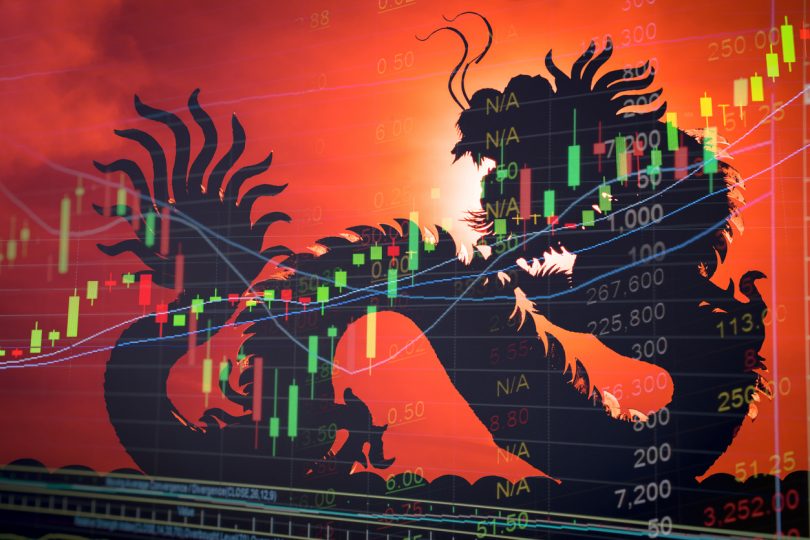
Discerning China’s Game Plan
Mon, 24 May 2021 | Reading Time: 7 minutes

Discerning China’s Game Plan
“Let China sleep, for when she wakes, she will shake the world”
– Napoleon Bonaparte
Exactly a year ago, China in a surprise move occupied Finger Four at North Bank of Pangong Tso, literally destroying the four decades plus “Peace and Tranquility”. The fragile Peace and Tranquility along the Line of Actual Control (LAC) was based on the five principles of Panchsheel and Five treaties of 1954, 1993, 1996, 2005, and 2013 between the two Asian giants along the 3488 Km long-disputed borders. Ensuring strategic surprise and concealing strategic intent, China took advantage of India’s and the world’s focus on battling the Made in China Corona Virus. This was at a time when India – China relations were supposedly on the growth trajectory, consequent to the informal summit at Wuhan in April 2018 wherein the 73-day ‘Doklam Crisis’ was resolved after Prime Minister Narendra Modi and President Xi Jinping issued strategic directions to their respective armies to disengage from a sensitive standoff. The Wuhan informal summit was followed by a second one at Mamallapuram, near Chennai in Oct 2019. The successful high profile, high visibility summit further strengthened the growth trajectory with the trade between the two nations at an all-time high at $95.54 billion. Another major take away from the summit which saw a much-televised chemistry between the two of the world’s five most powerful leaders was an agreement to celebrate the 70th year of diplomatic relations between the two nations. 2020 was designated as the Year of India-China Cultural and People to People Exchanges with a number of events planned to celebrate the rise between the two civilizations; the focus was on tourism and contact among the people of both nations aimed at building trust between the people. Establishing such confidence-building measures can help integrate the people by removing stereotypes. The millennium generation in India did not carry the burden of the 1962 debacle and was prepared to move on.
Given the growth trajectory between India and China, high profile exchanges, an ever-increasing trade, shared interests, and mutual concerns, what prompted China to do what it did along the LA?. It is a given conclusion that these were and are not tactical and operational actions taken unilaterally at the Tibet Military Division or the Western Theatre Command level. India will go very wrong if it continues to believe the much-touted narrative that China’s aggressive behaviour along the LAC aimed to disrupt the then newly operationalised (two decades in the making) Darbuk- Shyok – DBO road leading to the Karakoram pass, and deny the use of the newly reactivated strategic Air Landing Ground (ALG) at DBO. The ‘ Salami Slicing’ in Eastern Ladakh too is a planned part of the strategic game plan.
A year after China’s aggressive behaviour, it is imperative that India categorically discerns China’s strategic intent, the mid to long-term game plan, and the big picture. It is not that the Indian Government, intelligentsia, think tanks and defense experts have been unable to read the strategic signals and indicators emanating from Beijing, it is just that these need synthesis to review and reset India’s China policy. Despite the anguish post-Galwan, and China’s demonstrated aggressive and arrogant behaviour, however, the reset China policy should not be ‘Anti China’ but ‘Pro India’, aligned with our national interests. China is an adversary and let’s not make it an enemy. The key question which needs answers is as to what is China’s strategic intent, is it the game plan to contain India to attain its rightful position in the comity of nations, by ensuring that it remains tied up along the northern and western borders in addition to internal security, as also other emerging non-traditional threats.
The India-China relations under PM Modi were expected to be at an all-time high with two strong leaders with personal chemistry. What has actually transpired in the last few years despite a record number of meetings between PM Modi and President Xi Jinping, is that the India-China relations are at a nadir. China has been more assertive in all domains, be it political, diplomatic, and military. In an effort to confine India to the region, China has thwarted India’s attempts to gain its rightful place in the UN Security Council and opposed or rather blocked India’s entry to the NSG. It has also vetoed the UN resolution to declare Maulana Masood Azhar, Chief of Jaish-e-Mohammed, a terrorist, at the behest of Pakistan. Over the years, China has made concerted efforts to carry out the strategic encirclement of India by investing in ports and other associated infrastructure projects in Srilanka, Myanmar, Maldives, Bangladesh, and of course Pakistan and other Indian Ocean countries. This investment strategy has given China captive bases, thus not only contributing to the “String of Pearls” but also giving China the much-needed operational access and domination of the Indian Ocean.
India – China relations are a set of contradictions, with the congruence of interests, competition, coordination, and a conflict for the Geopolitical space in the emerging world order. As the power shifts from the West to the East, a risen, responsible, resurgent India, a global leader, aligned with the US, is not in the interests of China and its ambitions to challenge the US for a bipolar world. In the post-Covid emerging world order, India will be the balancing power in a US-China competition for supremacy. Hence, China perceives that India, the world’s largest democracy, is a natural strategic ally of the US. China’s strategy is premised on ensuring that India is tied down along its disputed land borders both in the North along the LAC and the West with Pakistan.
China does not tolerate dissent; a typical communist trait. China perceives India as a competitor capable of impeding the ‘China Dream’ the Belt and Road Initiative (BRI), which is a core national interest of China. India was the only nation that opposed BRI and the CPEC which is central to the BRI. China has invested heavily in BRI and hence is trying to coerce India into accepting the BRI or at best not opposing it. China has also invested nearly $62 billion in CPEC. At the strategic level, the CPEC gives China access to Gwadar Port which has been leased to China for forty years and mitigates its ‘Malacca Dilemma’ to an extent. As the CPEC passes through Indian territories occupied by Pakistan, India has vehemently opposed this project, with many voices propagating the integration of PoK with India employing military if required. This perceived threat to the CPEC is not acceptable to China, and hence it has created conditions to tie down India’s resources, focus, and energies to the LAC, practicing the tried and tested strategy of military coercion.
China also has critical strategic concerns and core interests in the Indian Ocean. India has geographical advantages both in the geopolitical and geostrategic domains. The Indian Navy is consolidating and further building capabilities to deter China by dominating the sea lines of communication (SLOCs) and choke points. India’s peninsular location advantage in the Indian Ocean is an implicit threat as China perceives that the rise of India will enhance her power to interdict Chinese shipping as they pass near the strategically located Andaman and the Nicobar Islands. The Indian Ocean Region (IOR) is a key geostrategic space linking the energy-rich West Asia with East and Southeast Asia, thus intensifying the rivalry between China and India. Competition between India and China is also attributed to the trade and energy needs, as eighty percent of China’s oil needs transit through the Indian Ocean. Any disruption of this supply will adversely impact the Chinese economy on account of the dependency on energy and seaborne trade transiting through the key strategic choke point Malacca Strait.
Much of China’s BRI projects are an attempt by China to mitigate its strategic vulnerabilities by diversifying its trade and energy routes and enhancing its political influence through expanded trade and infrastructure investments. China also feels that a resurgent and assertive India will directly threaten its core national interest of “One China Policy’ by supporting the Tibetan Cause, an unacceptable threat, as it aims to foster its own reincarnation of Dalai Lama on the Tibetans world over.
China is practicing its three strategies of ‘Military Coercion, ‘Debt Trap’ and ‘Wolf Diplomacy”, seeking a bipolar world order. It is essential for the militaries, sinologists, and strategists to understand China’s geopolitical end game to be able to discern Beijing’s intentions and objectives. As such Chinese forces are not only demonstrating an unprecedented aggressiveness along the India- China LAC, but also in the South China Sea, East China Sea, Taiwan, Korea, Vietnam, Philippines, Indonesia, and Malaysia, as part of its Military Coercion.
Post-COVID, China went into an overdrive in its ‘Wolf Diplomacy’ including the March 2021 Alaska summit where the Chinese diplomats deliberately had a public Spat with their US counterparts. India will need to discern China’s intent and the larger strategic signals emanating from Beijing, in the geopolitical domain. China aims at containing India by confining it with the territorial disputes, posturing along the LAC, exploiting Pakistan as a proxy, internal security, weaning away India’s influence in the immediate and extended neighborhood. Non-traditional security threats will be dominant as China possesses asymmetry in Cyber warfare, space, Special operations, Biological warfare as alluded to by many in the recent pandemic. Mumbai power outage last October was possibly a Chinese Cyber attack as reported by some experts. India will need to build capabilities both defensive and deterrence to meet, mitigate and counter these threats. Creating these capabilities will divert scarce resources and may keep India away from strengthening the Navy to threaten Chinese vulnerabilities in the IOR. China seeks a pliant India which conforms to and furthers China’s geopolitical ambitions. India as an Asian giant is a threat to the ‘China Dream’.
Tactical actions have strategic implications. The Galwan ambush was planned by the PLA, the success would have ensured that these were replicated at other friction points and standoffs by the PLA, thus not only achieving moral ascendancy but also tying down the Indian Armed Forces in tactical actions along the LAC. The response by Col Santosh Babu and his troops surprised the PLA, where they suffered many more casualties than they inflicted. Galwan fight back, occupation of Kailash Ridge threatening the PLA garrison at Moldo, a proportional and equitable deployment, and a resilient measured response surprised the Chinese. The signals were clear that India will stand firm and defeat Chinese designs without blinking. While the stalemate and the posturing continue along the LAC, with India carrying out the much-needed strategic re-balancing, it is capability building in other domains especially so in the Indian Ocean which can defeat and deter China’s aggressive behavior.
In essence a risen, resilient, resurgent, responsible India, a regional power and a global leader, is not in China’s interests. China perceives India aligning with the US, as a threat to its growing ambitions to be a world power, the sole ‘Asian Giant’, an economic powerhouse, capable of impeding and interfering with the China Dream of the BRI. India is a threat to the all-critical Chinese economic and security interests in the Indian Ocean Region, capable of dominating the sea lanes of communication and the Malacca Straits. China also views India as a plausible threat to China’s core national interest of ‘One China Policy’. As India grows in stature and power, as a dominant member of various multilateral forums like the QUAD, Chair of BRICS, IBSA, G7, G20, SCO, BIMSTEC, ASEAN in addition to being the Member of the UN Security Council, China will try more and more to contain India. India will need to ‘Bind To Balance’ China albeit retaining her strategic autonomy. India will need to synergise all essential elements of national power to defeat and deter China’s strategic aims and designs to contain India.
Author

Lt Gen Vinod Bhatia, PVSM, AVSM, SM, (Retd), The author is Former DGMO and Director CENJOWS
Disclaimer
The opinions expressed in this article are the author’s own and do not reflect the views of Chanakya Forum. All information provided in this article including timeliness, completeness, accuracy, suitability or validity of information referenced therein, is the sole responsibility of the author. www.chanakyaforum.com does not assume any responsibility for the same.
Chanakya Forum is now on . Click here to join our channel (@ChanakyaForum) and stay updated with the latest headlines and articles.
Important
We work round the clock to bring you the finest articles and updates from around the world. There is a team that works tirelessly to ensure that you have a seamless reading experience. But all this costs money. Please support us so that we keep doing what we do best. Happy Reading
Support Us




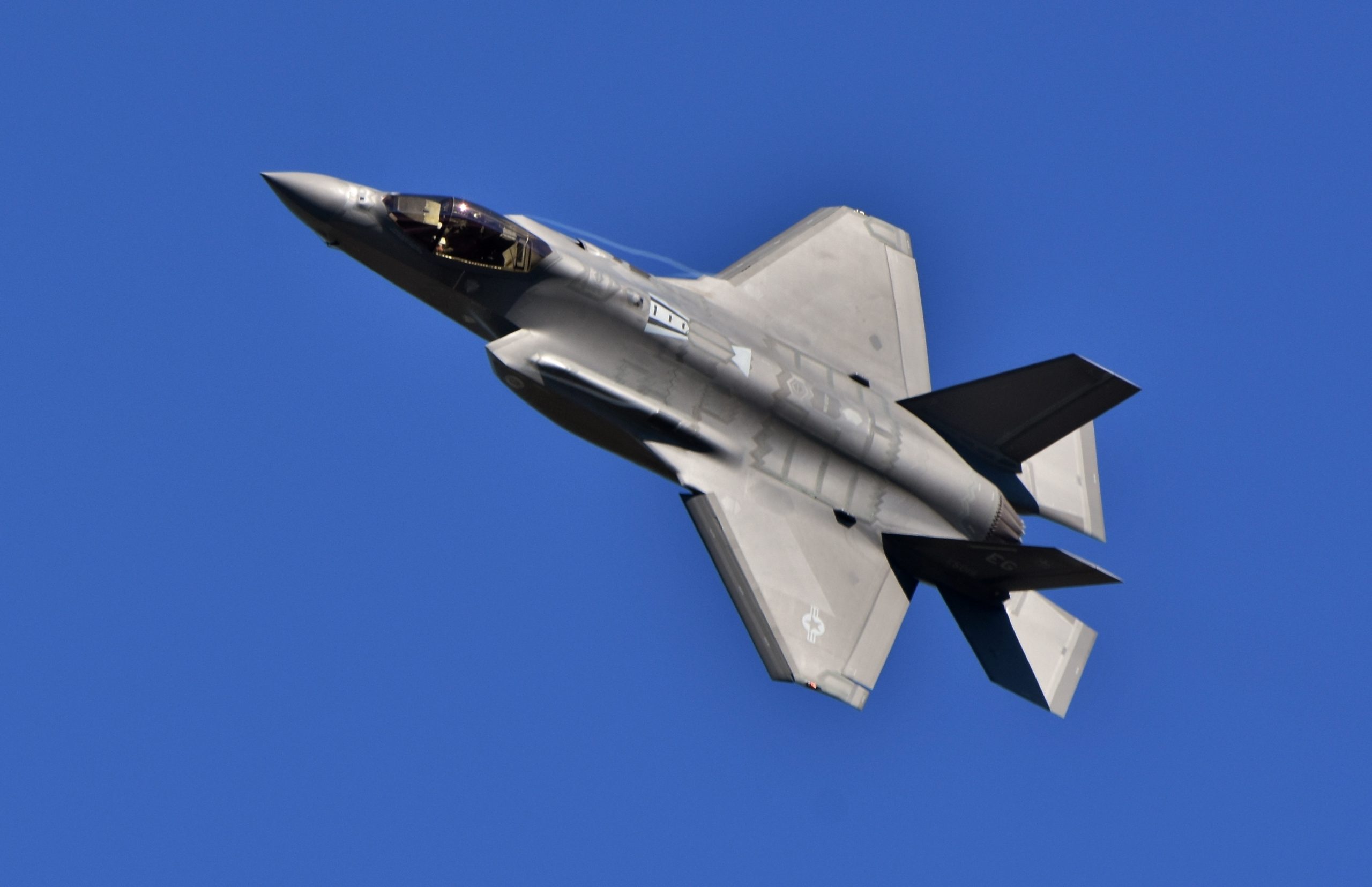
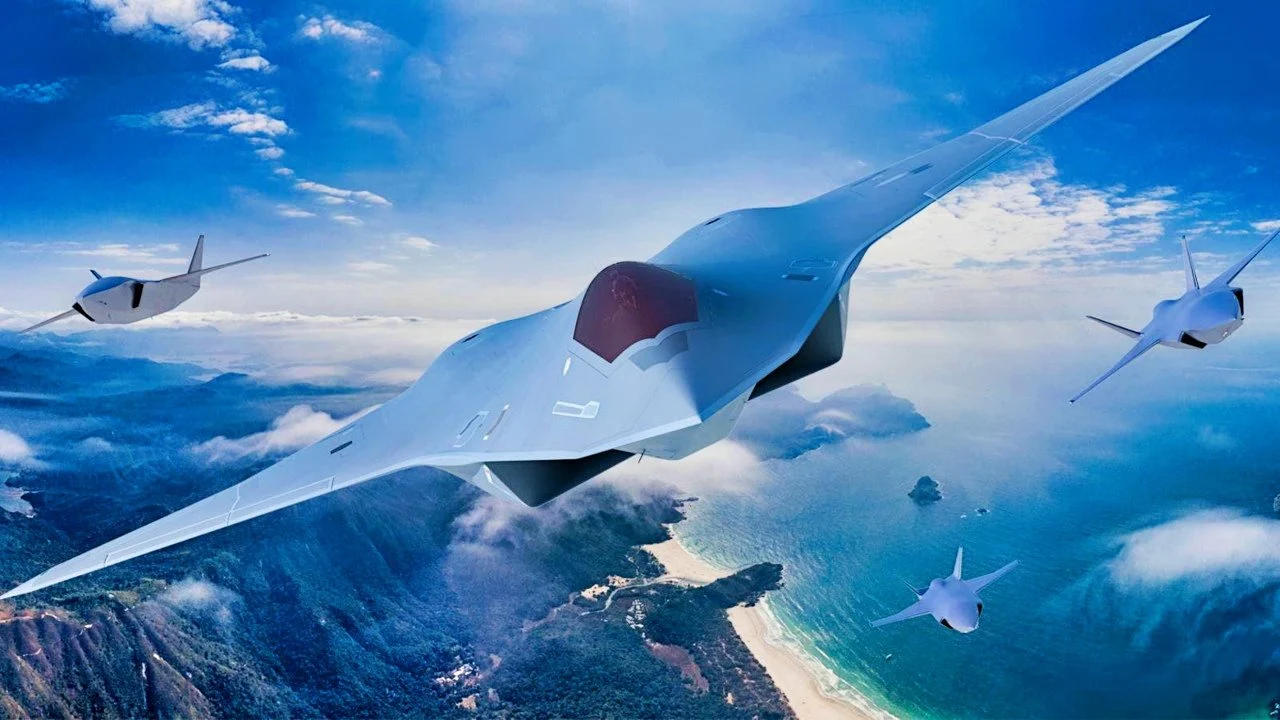






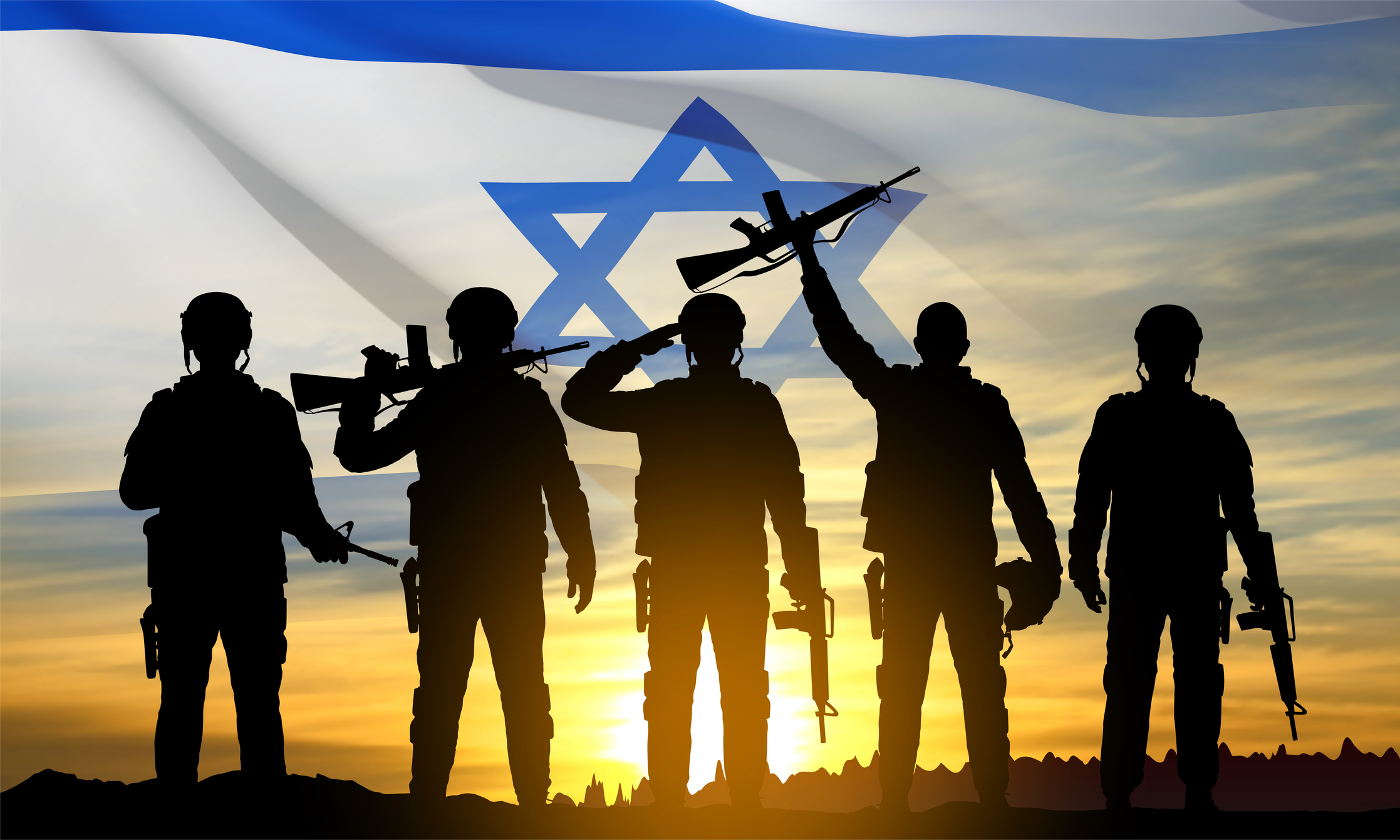
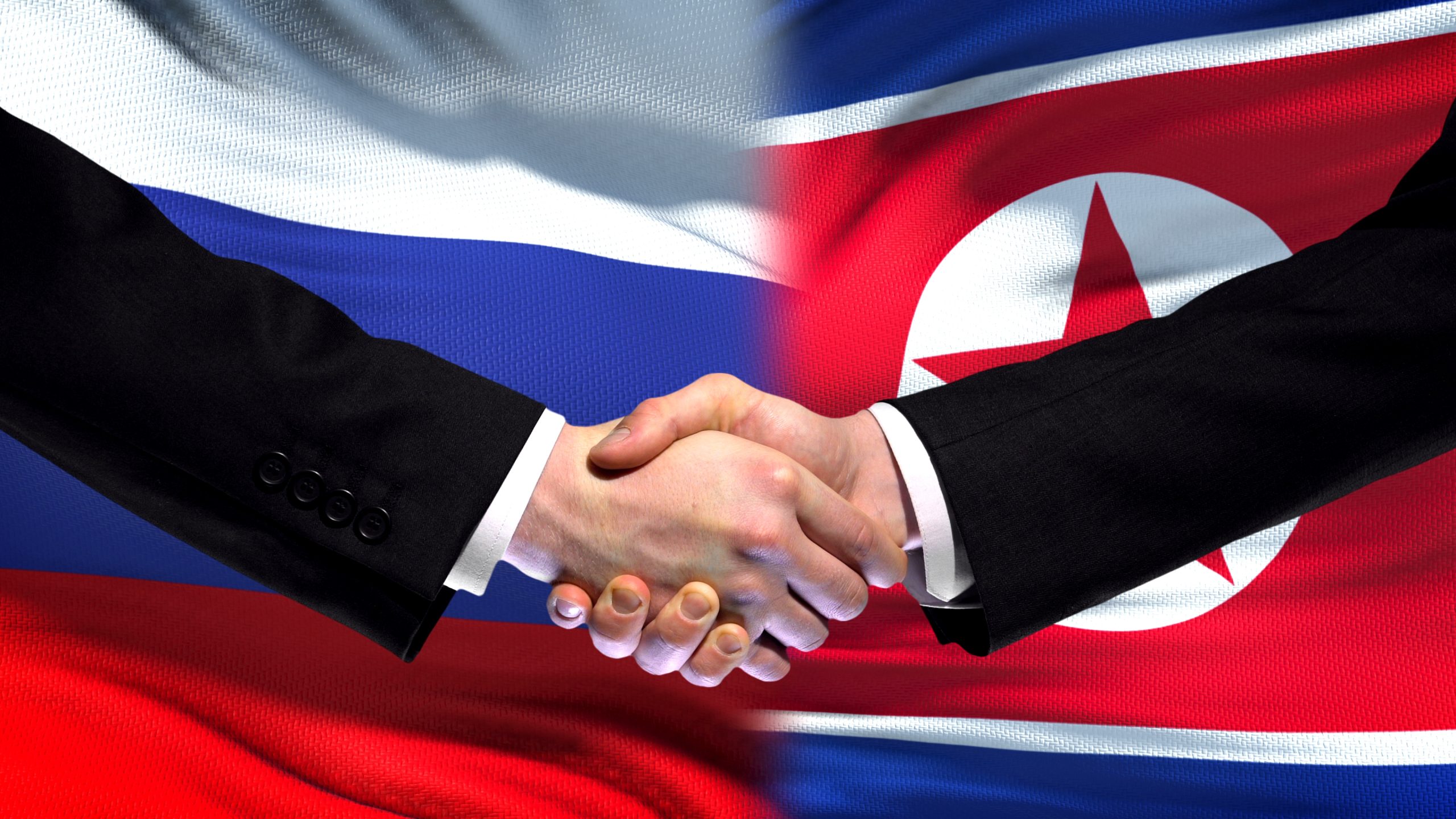






POST COMMENTS (11)
Baiju Velayudhan
ASHOK IYER
Neeraj
VD Chowgule
Cdr Sandeep Dhawan (Veteran)
Himanshu Shaw
jai
kuldeep
pramod
Mukund Jha
bijendra Kumar